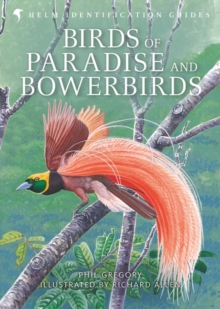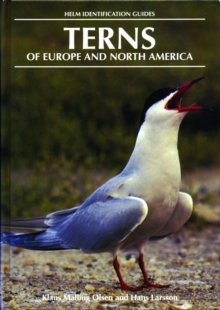
Rails : A Guide to Rails, Crakes, Gallinules and Coots of the World PDF
by Barry Taylor
Illustrated by Ber van Perlo
Part of the Helm Identification Guides series
Description
This is a guide to rails, a relatively homogeneous family of birds spread throughout the world.
Barry Taylor and Ber van Perlo have described and illustrated 145 species of rails, including two that are newly described, and also ten that are recently extinct and two that are almost certainly extinct. The book, based on up-to-date references and on new observations, is the first to give comprehensive information on field identification (including voice), covering all species and races for which details are known.
It is also the first to provide descriptions of the immature and juvenile plumages of many species. The authors provide a detailed summary of current knowledge of all aspects of rail biology and their often complex behaviour, social structure, and family life. They explain how such apparently poorly flying birds can undertake intercontinental migrations and are such widespread and successful colonists of remote oceanic islands.
They also discuss the remarkable ease and speed with which species on such islands have evolved into flightless forms in the absence of predators, a fact that has led to the rapid extinction of numerous island taxa following the arrival of man. Rail habitats are fast disappearing, say the authors, and many rails become endangered before enough is known about them to plan effective conservation measures.
The book provides information on distribution, status, habitat requirements, and current threats, and it gives conservation priorities for threatened species.
Information
-
Download - Immediately Available
- Format:PDF
- Pages:600 pages
- Publisher:Bloomsbury Publishing PLC
- Publication Date:30/08/2010
- Category:
- ISBN:9781408135389
Information
-
Download - Immediately Available
- Format:PDF
- Pages:600 pages
- Publisher:Bloomsbury Publishing PLC
- Publication Date:30/08/2010
- Category:
- ISBN:9781408135389










